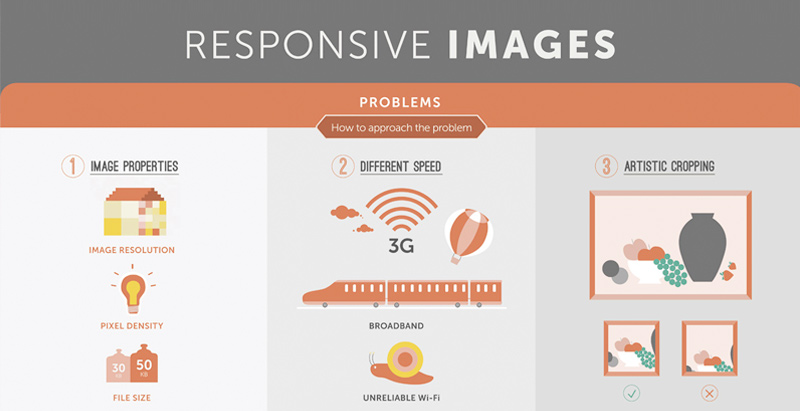Intrigued In Learning How Site Style Has Altered Over The Years? Check Out The Trip
Intrigued In Learning How Site Style Has Altered Over The Years? Check Out The Trip
Blog Article
Content Author-Thorsen Hyldgaard
In the past, websites were easy and concentrated on details. Navigating was straight, and style was for desktops. Currently, customer experience is key. Information guides designs for easy navigation. Responsive designs match different devices. Today, dark setting decreases strain, and minimal food selections improve navigation. Interactive features engage users, and bold visuals stand out. AI assimilation enhances engagement. See just how layout has evolved to improve your on the internet trip.
Early Days of Web Design
In the early days of website design, simpleness preponderated. Sites were basic, with limited colors, typefaces, and designs. The focus was on offering details as opposed to showy visuals. Individuals accessed the web via slow dial-up links, so speed and capability were vital.
Navigation food selections were straightforward, usually located on top or side of the web page. Sites were designed for desktop, as mobile surfing had not been yet prevalent. Material was king, and developers focused on easy readability over complex layout components.
HTML was the primary coding language utilized, and developers needed to work within its restraints. Animations and interactive features were marginal contrasted to today's standards. Websites were fixed, with little dynamic content or individualized user experiences.
Rise of User-Focused Layout
With the evolution of web site design, a shift in the direction of user-focused style concepts has actually become increasingly prominent. Today, creating web sites that prioritize individual experience is crucial for engaging site visitors and attaining service goals. User-focused style includes comprehending the requirements, preferences, and actions of your target audience to customize the web site's layout, content, and features appropriately.
Designers now carry out extensive research study, such as customer studies and usability testing, to collect understandings and feedback directly from individuals. This data-driven strategy aids in producing user-friendly navigating, clear calls-to-action, and visually appealing user interfaces that reverberate with site visitors. By placing the customer at the center of the design procedure, websites can supply an extra personalized and satisfying experience.
Receptive layout has additionally become a crucial facet of user-focused layout, making certain that sites are maximized for numerous devices and screen dimensions. This versatility enhances access and functionality, satisfying the diverse means customers interact with sites today. Essentially, the increase of user-focused layout indicates a shift in the direction of producing digital experiences that focus on the demands and expectations of completion user.
Modern Trends in Website Design
Check out the current fads forming web design today. One popular trend is dark mode style, supplying a sleek and modern look while lowering eye strain in low-light settings. Another crucial trend is minimal navigation, simplifying food selections and improving individual experience by concentrating on essential elements. Including micro-interactions, such as animated switches or scrolling results, can produce an extra appealing and interactive website. Receptive layout continues to be essential, making sure seamless customer experiences throughout numerous tools. Additionally, using vibrant typography and unbalanced layouts can include aesthetic interest and draw attention to particular material.
Integrating AI modern technology, like chatbots for client assistance or personalized suggestions, enhances individual interaction and simplifies processes. Access has also end up being a substantial fad, with designers prioritizing inclusive style practices to accommodate varied customer needs. Welcoming sustainability by enhancing internet site performance for rate and efficiency is an additional emerging trend in web design. Teaming up with individual comments and data analytics to iterate and improve layout continuously is important for staying appropriate in the ever-evolving digital landscape. By embracing these modern trends, you can develop a visually appealing, easy to use internet site that reverberates with your audience.
Final thought
As you review the development of site design from the early days to currently, you can see how user-focused layout has actually come to be the driving pressure behind contemporary patterns.
Welcome the trip of change and adjustment in web design, always keeping the individual experience at the center.
Stay present with the latest trends and innovations, and never ever quit advancing your technique to create visually stunning and easy to use internet sites.
Progress, adapt, and develop - the future of website design remains in your hands.
